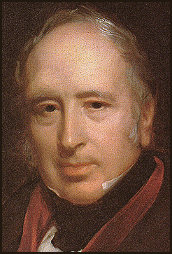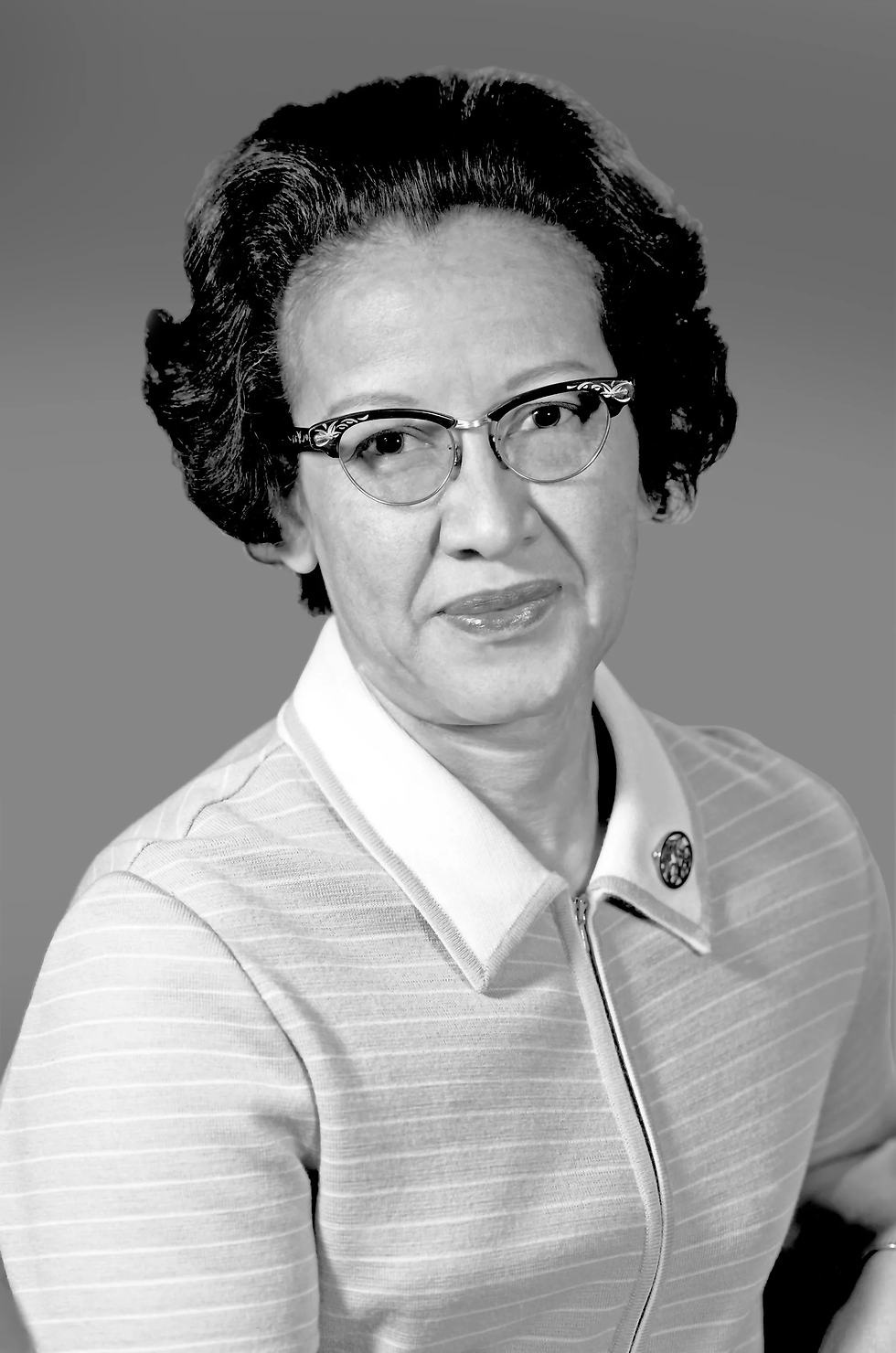Pioneers in Aerospace Engineering
- Aidan Arnold
- Jun 29
- 2 min read
Updated: Jul 13
Humanity’s current level of understanding about the topic of Aerospace has shaped the modern world as we know it. A new age of communication, transport and exploration has been made possible through generations of effort that were made by people who aimed to lead the way forward in Aerospace Engineering. I would like to highlight some of the most influential historical contributors that have paved the way with and for advancements in aviation and space travel. The pioneers are: Sir George Cayley, Robert Hutchings Goddard, Wernher von Braun, and Dr. Katherine Johnson.

Sir George Cayley is often referred to as the “Father of Aviation”. He was a 19th century visionary who first conceptualised many of the guiding aviation principles which are well known and widely accepted today. This includes the concepts of drag and lift. By designing the first ever heavier than air, opposed to a helium or hydrogen craft, Cayley translated his theories to fact, and provided a framework for other aspiring aviators to follow. His work showed that the realm of heavier than air travel was possible. Sr George inspired others, such as the Wright Brothers, to continue to innovate in the area of Aerospace Engineering.

Robert Hutchings Goddard, credited for creating the first ever liquid-fuelled rocket, launching (pun intended) a whole new era of long distance ordinance and space exploration. On March 16, 1926, he had successfully launched a rocket that would forever change the understanding of propulsion. His innovation was profound because it represented possibility, with his ideas influencing the early NASA (still honoured by them today). Goddard today is remembered as a visionary, bridging what at the time seemed frankly impossible to the realm of certainty with numerous honors and memorials recognizing his immense contributions to modern aerospace.

Wernher von Braun, another notable figure in the development of the rocket, was a German second world war scientist. His career ranged from the deadly V-2 rocket bomb later to the Apollo 11 Saturn V rocket. After the end of the second world war, he joined the forces of NASA (ie Operation Paperclip) as part of his forgiveness. Von Braun isn’t only known for making human spaceflight possible but he also pushed the boundaries of what was thought achievable at the time in Aerospace technology. His legacy, although troubled, continues to inspire and invigorate engineers and scientists interested in the field alike.

Dr. Katherine Johnson was a mathematician whose extraordinary calculations were essential to NASA's success in the 1960s space race against Russia. She worked on the trajectory calculations for America’s first ever orbit around Earth. Being one of the first African American woman to work as a NASA scientist, Johnson has been accredited for breaking barriers in what was a very male-dominated field.
Her contributions showed the place and role that women and minorities can have in STEM, likely inspiring future generations to pursue careers in Aerospace and fields like it.



Comments